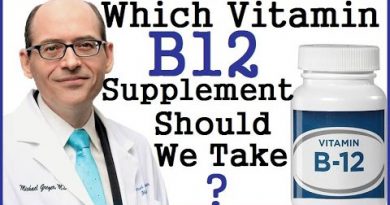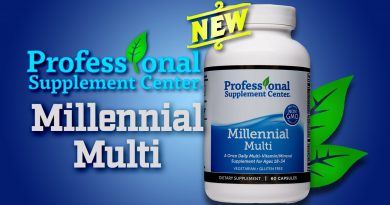Quercetin – A Powerful Antihistamine and Antioxidant
Quercetin is a flavonol and phytonutrient (a group of chemical compounds that can be found in plants and have numerous health benefits but are not considered essential to human health). It is 1 of the most well known phytonutrients and is a powerful antihistamine and antioxidant. In this article I will be discussing quercetin in greater detail and providing you with a summary of its main functions, the best food sources, the recommended daily allowances (RDAs) and the potentially adverse effects of consuming too much or too little.
1) DISCOVERY:
Quercetin was discovered by the Hungarian biochemist Albert Szent-Gyorgyi in 1938 as part of the flavonoid family. Gyorgyi initially believed that he had discovered a new vitamin and so named the flavonoids vitamin P. However, it was later discovered that unlike vitamins, the flavonoids are not essential to human health.
2) FUNCTION:
Quercetin is a very powerful flavonol and is a strong antihistamine (a substance that counters the effects of histamine and prevents allergies and inflammation) and antioxidant (a compound that protects your body from the damaging free radicals that are released during oxygen related reactions). It can also prevent heart disease (by reducing blood pressure and reducing blood levels of low density lipoprotein (LDL) cholesterol) and act as a treatment for diabetes (by lowering blood glucose levels and increasing blood insulin levels).
Additionally, quercetin may also improve endurance during exercise and prevent multiple types of cancer (including breast cancer, colon cancer, gastric cancer, ovarian cancer and prostate cancer). However, further research is required before these health benefits are confirmed.
3) RDA:
Since quercetin is not thought to be essential in humans, no official RDA has been established. However, it is believed that between 200 milligrams (mg) and 500mg should be consumed each day to realise the health benefits listed above. It is also advised that you consume no more than 1 gram (g) of quercetin each day.
4) FOOD SOURCES:
Quercetin can be found in a large variety of plant based foods. Some of the best food sources of this flavonol include apples (4.42mg per 100g), black tea (1.99mg per 100g), cranberries (14.02mg per 100g), dill weed (55.15mg per 100g), green tea (2.69mg per 100g), red onions (19.93mg per 100g) and yellow wax hot peppers (50.63mg per 100g).
5) OVERDOSE SYMPTOMS:
Consuming up to 1g of quercetin per day has not been linked with any adverse effects. However, exceeding this limit has been linked with a number of negative overdose symptoms including diarrhea, headaches, interference with anticoagulants (blood thinners) (which can cause uncontrollable bleeding), kidney damage and stomach problems.
6) DEFICIENCY SYMPTOMS:
At the time of writing there are no reported deficiency symptoms associated with quercetin consumption.
Quercetin – A Powerful Antihistamine and Antioxidant by Thomas Parker





